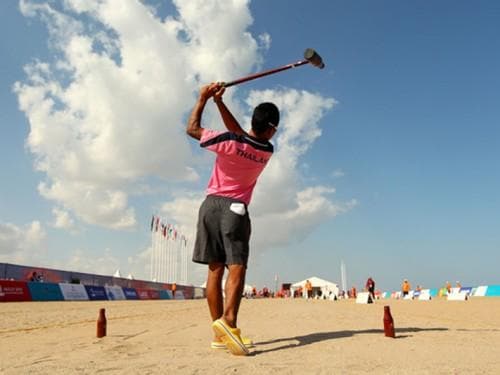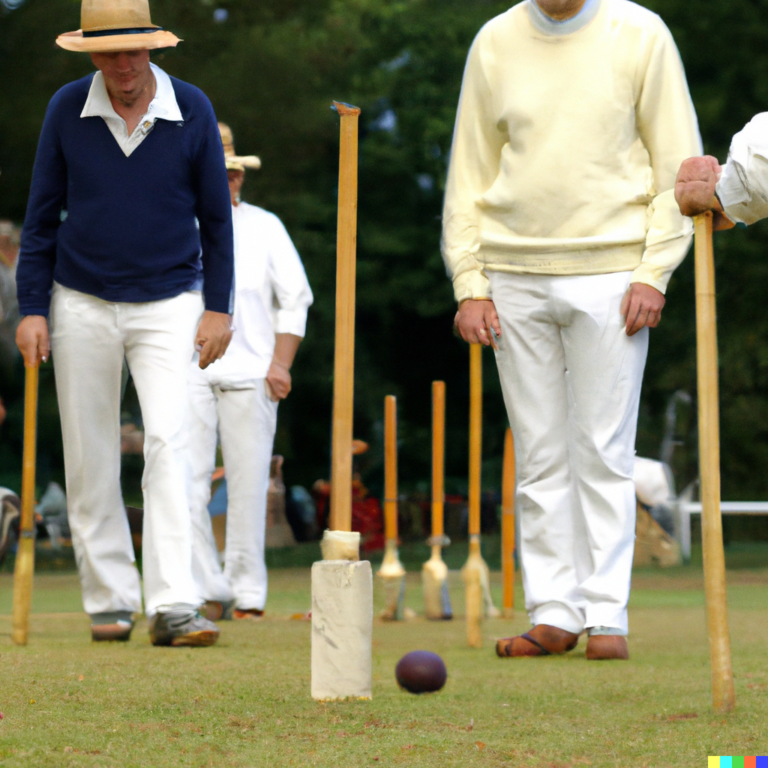General Rules of Sepak Takraw
Ever wondered what sets the boundaries in a game of Sepak Takraw? The general rules of this sport outline crucial aspects like scoring, serving, team composition, and more. Understanding these regulations ensures a fair and competitive match. Before you step onto the court, grasp the fundamentals of Sepak Takraw to navigate through the game effectively.
Scoring System
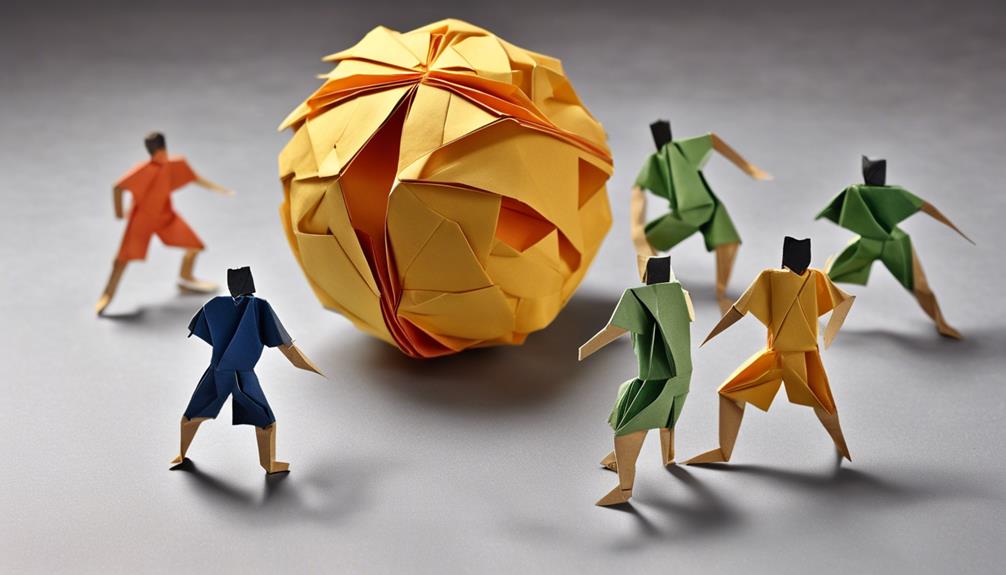
When playing Sepak Takraw, understanding the scoring system is crucial for determining the winner of each match. In this high-energy sport, scoring techniques and game strategy play a vital role in achieving victory. The game is fast-paced, requiring quick thinking and agile movements to outsmart your opponents.
Player positioning is key in Sepak Takraw. Each team consists of three players who must strategically place themselves on the court. One player is at the back, known as the "Tekong," responsible for serving the ball. The other two players are at the front, ready to execute offensive plays and defend against the opposing team's attacks. Effective player positioning ensures seamless coordination and maximizes scoring opportunities.
Defensive tactics are essential for success in Sepak Takraw. Players must anticipate their opponent's moves and react swiftly to block or counter incoming shots. Quick reflexes and strong defensive skills can turn the tide of a match in your favor. By maintaining a solid defense, you can prevent the opposing team from scoring points and gain the upper hand in the game.
Serving Rules
To serve effectively in Sepak Takraw, players must adhere to specific rules governing the serving process. Mastering serving techniques, strategy, footwork, and positioning is crucial for success in this aspect of the game. Let's dive into the key rules and tips to enhance your serving game:
| Serving Rules | Description |
|---|---|
| Service Court | Must serve diagonally to the opponent's service court. |
| Service Rotation | Rotate service position clockwise after winning points. |
| Service Faults | Avoid stepping on or over the service circle boundary. |
| Service Delivery | Use either a low or high serve, adjusting based on the situation. |
Understanding the nuances of these rules can give you a competitive edge during a Sepak Takraw match. When serving, focus on precision and power while maintaining proper footwork and positioning. By strategically placing your serves and varying your techniques, you can keep your opponents on their toes and control the pace of the game. Remember to adapt your strategy based on the score and your opponent's weaknesses. Practice diligently to refine your serving skills and become a formidable force on the Sepak Takraw court.
Playing Area
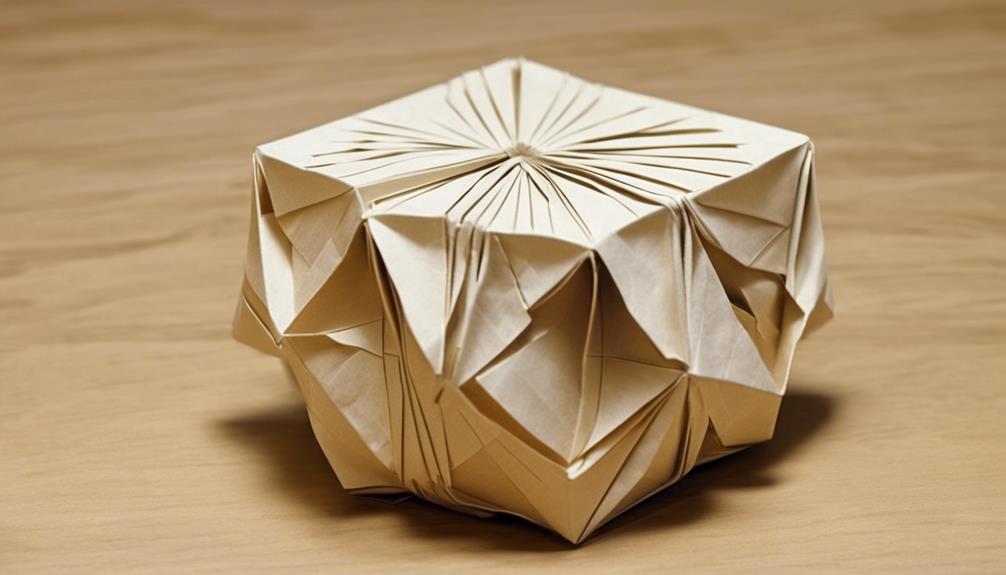
Navigating the Sepak Takraw court requires players to be aware of the boundaries and key zones defining the playing area. The court dimensions for a standard Sepak Takraw court are 13.4 meters in length and 6.1 meters in width for singles matches, while for doubles matches, the width is extended to 9.15 meters. Understanding these dimensions is crucial as it affects how players position themselves during gameplay.
One essential element of the playing area is the net height. In Sepak Takraw, the net is set at a height of approximately 1.52 meters for men's matches and 1.42 meters for women's matches. This height variation aims to accommodate the differences in player heights and ensure fair gameplay. Being mindful of the net height is vital as it dictates the trajectory of the ball during serves and spikes.
The court is divided into different zones, each with its strategic significance. Players must be cognizant of these zones to optimize their positioning and movements during the game. The dimensions of the court, combined with the net height, create a dynamic playing area that challenges players to adapt their techniques and strategies accordingly. Mastering the nuances of the playing area is fundamental to excelling in Sepak Takraw and outmaneuvering opponents effectively.
Team Composition
Understanding the optimal team composition is crucial for achieving success in Sepak Takraw, as it directly impacts the dynamics and effectiveness of gameplay. Player positions play a vital role in creating a balanced team. Typically, a team consists of three players: one server, one feeder, and one striker. The server initiates the game by serving the ball, the feeder sets up the ball for the striker, and the striker aims to score points by spiking the ball over the net. Each player's position requires specific skills and coordination to execute plays effectively.
Developing a solid strategy is essential for seamless team dynamics and communication. Players must communicate constantly to anticipate each other's moves, strategize plays, and cover the court efficiently. Effective communication ensures that the team works cohesively towards a common goal. Strategies can vary based on the team's strengths, opponents' weaknesses, and the flow of the game. Adapting and refining strategies during gameplay is key to staying ahead of the competition.
In Sepak Takraw, team composition goes beyond individual skills; it's about how players work together harmoniously. By understanding player positions, strategizing effectively, and maintaining open communication, teams can enhance their performance and elevate their gameplay to new heights.
Faults and Penalties
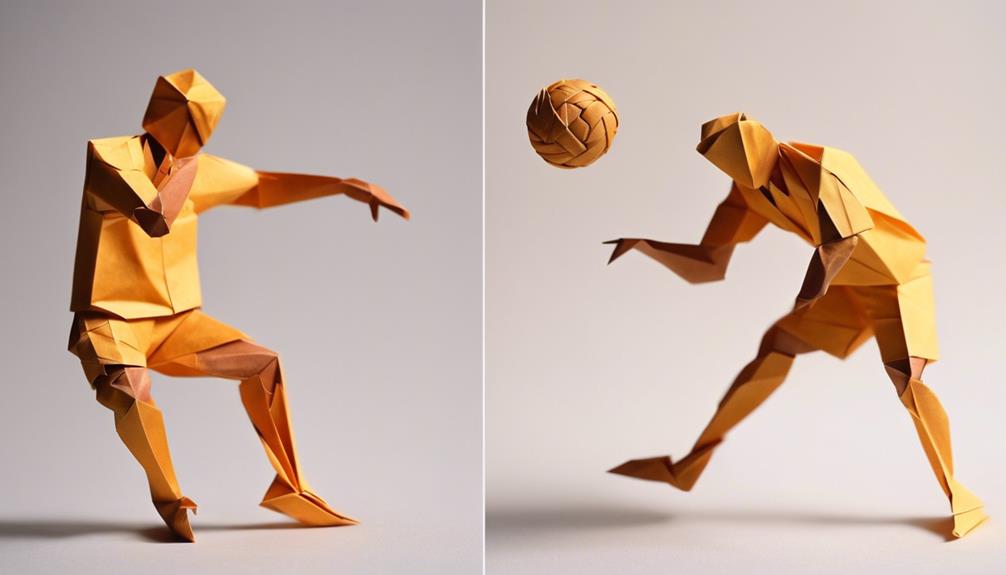
In Sepak Takraw, players must adhere to specific rules regarding faults and penalties to maintain fair gameplay and uphold sportsmanship standards. Here are some key aspects to consider when it comes to faults and penalties in this dynamic sport:
- Common Mistakes: One common mistake that often leads to faults is touching the net during play. This can result in penalties that may cost your team points. Another frequent error is stepping on the three-meter circle during a serve, which can lead to a fault and a point for the opposing team. Lastly, failing to execute proper service rotations can also result in penalties.
- Player Discipline: Maintaining composure and following the rules is essential in Sepak Takraw. Player discipline plays a crucial role in preventing faults and penalties. Losing focus or letting emotions take over can lead to avoidable mistakes that may result in penalties.
- Prevention Tips and Official Regulations: To prevent faults and penalties, players should familiarize themselves with the official regulations of the game. Practicing proper techniques and strategies can help minimize errors. Additionally, staying updated on rule changes and attending regular training sessions can enhance player performance and reduce the likelihood of incurring penalties. Remember, a disciplined approach and a thorough understanding of the rules are key to success in Sepak Takraw.
Substitution Regulations
To effectively manage player rotations and maintain optimal team performance, familiarize yourself with the substitution regulations in Sepak Takraw. Proper player rotations and bench management are crucial aspects of the game that can significantly impact the outcome of a match. Understanding when and how to make substitutions is key to keeping your team fresh and competitive throughout the game.
In Sepak Takraw, teams are allowed to make substitutions during dead ball situations, such as timeouts, in between sets, or when the ball is out of play. Each team is permitted a specific number of substitutions per set, typically limited to a certain number of times or a fixed number of substitutions per set.
| Substitution Regulations in Sepak Takraw | Description | Importance |
|---|---|---|
| Dead Ball Situations | Substitutions can be made during timeouts or when the ball is out of play. | Allows teams to strategically switch players without disrupting the flow of the game. |
| Limits on Substitutions | Teams are usually restricted to a set number of substitutions per set. | Encourages efficient use of substitutions and prevents excessive interruptions. |
| Timing of Substitutions | Substitutions should be made quickly during dead ball situations. | Ensures a smooth transition between players and maintains the pace of the game. |
| Player Readiness | Substituted players must be ready to enter the game promptly. | Avoids delays and keeps the game running smoothly. |
| Coach's Role | Coaches play a vital role in managing substitutions effectively. | Guides the team in making strategic substitutions based on performance and tactics. |
Match Duration

Exploring the duration of matches in Sepak Takraw provides valuable insights into the strategic pacing and intensity of gameplay. When it comes to match duration, several key factors come into play that significantly influence the overall experience for players and spectators alike.
- Time management: In Sepak Takraw, understanding how to manage time effectively during a match is crucial. Teams must balance offensive and defensive strategies while keeping an eye on the clock to ensure they make the most of the allotted time.
- Game strategies: The duration of a Sepak Takraw match impacts the game strategies teams employ. Whether it's opting for a more aggressive approach to secure quick points or focusing on a defensive stance to wear down opponents, strategic decisions play a vital role in determining the outcome of the match.
- Physical endurance, mental focus: Sepak Takraw matches can be physically and mentally demanding. Players need to maintain peak physical condition to endure the fast-paced nature of the game while also staying mentally sharp to outwit their opponents. Endurance and focus are key components that can make a significant difference in the outcome of a match.
Understanding the nuances of match duration in Sepak Takraw provides players with a competitive edge, allowing them to fine-tune their strategies and excel in this dynamic sport.
Equipment Requirements
Understanding the essential equipment requirements for playing Sepak Takraw is crucial for ensuring a smooth and fair gameplay experience. When it comes to uniform requirements, players must wear appropriate athletic attire that allows for ease of movement. This typically includes shorts and a jersey, along with non-marking sports shoes to maintain grip on the court surface. Ensuring that all players adhere to these uniform standards helps maintain a level playing field and prevents any unnecessary hindrances during matches.
In terms of court dimensions, it is vital to have a properly marked out Sepak Takraw court to ensure accurate gameplay. The standard court size is 13.4 meters by 6.1 meters for doubles matches and 13.4 meters by 6.1 meters for singles matches. Familiarizing yourself with these dimensions will help you position yourself correctly during games and make strategic plays with precision.
When it comes to safety precautions, players should always warm up before matches to prevent injuries and enhance performance. Additionally, incorporating training techniques such as agility drills and stretching routines can help improve flexibility and reduce the risk of strains or sprains. By prioritizing safety and proper training methods, you can optimize your performance on the Sepak Takraw court while minimizing the chances of injuries that could hinder your gameplay.
Frequently Asked Questions
Can Players Wear Any Type of Footwear During a Sepak Takraw Match?
You can choose your footwear for a sepak takraw match based on preference and comfort. Safety is key, so ensure your shoes provide stability and support. Opt for options that keep you agile and secure.
Are There Any Restrictions on the Size or Weight of the Ball Used in Sepak Takraw?
When playing sepak takraw, remember the ball should be made of synthetic fiber or rattan. It typically comes in bright colors like yellow or orange. Ensure the ball meets the standard weight of 170-180 grams.
Is There a Specific Age Requirement for Players Participating in Sepak Takraw Matches?
To participate in sepak takraw matches, player eligibility is typically based on age requirements set by governing bodies. These regulations ensure fair competition and skill development among players, fostering an inclusive environment for all participants.
Are There Any Specific Dietary Guidelines or Recommendations for Players to Follow Before a Match?
Before diving into the game, fuel up wisely with pre-match nutrition. Opt for a balance of carbs and proteins for sustained energy. Hydration tips: sip water consistently to keep your body primed for action.
Are There Any Specific Warm-Up Exercises or Routines Recommended for Sepak Takraw Players Before a Match?
Before a match, dynamic stretches prepare you for peak performance in sepak takraw. Engage in team bonding activities to boost morale and unity. These warm-up exercises not only enhance physical readiness but also foster camaraderie.



